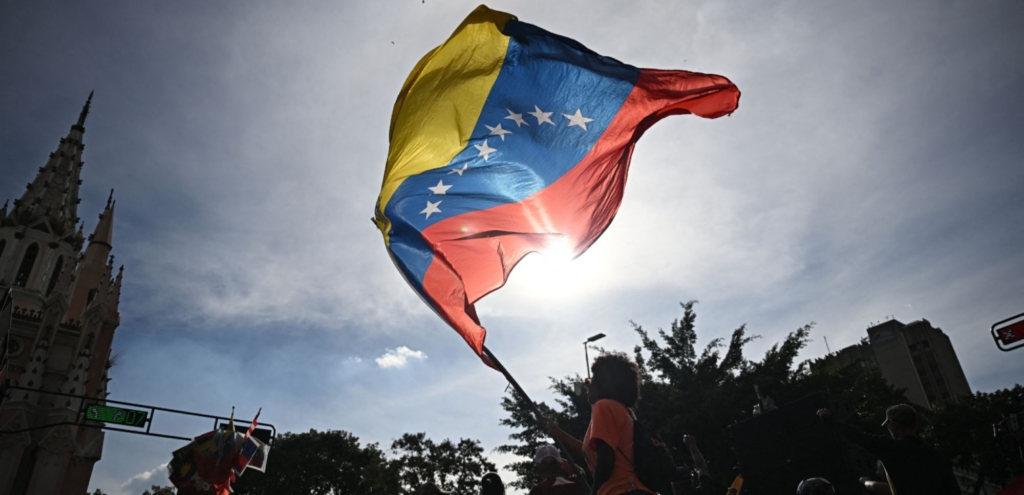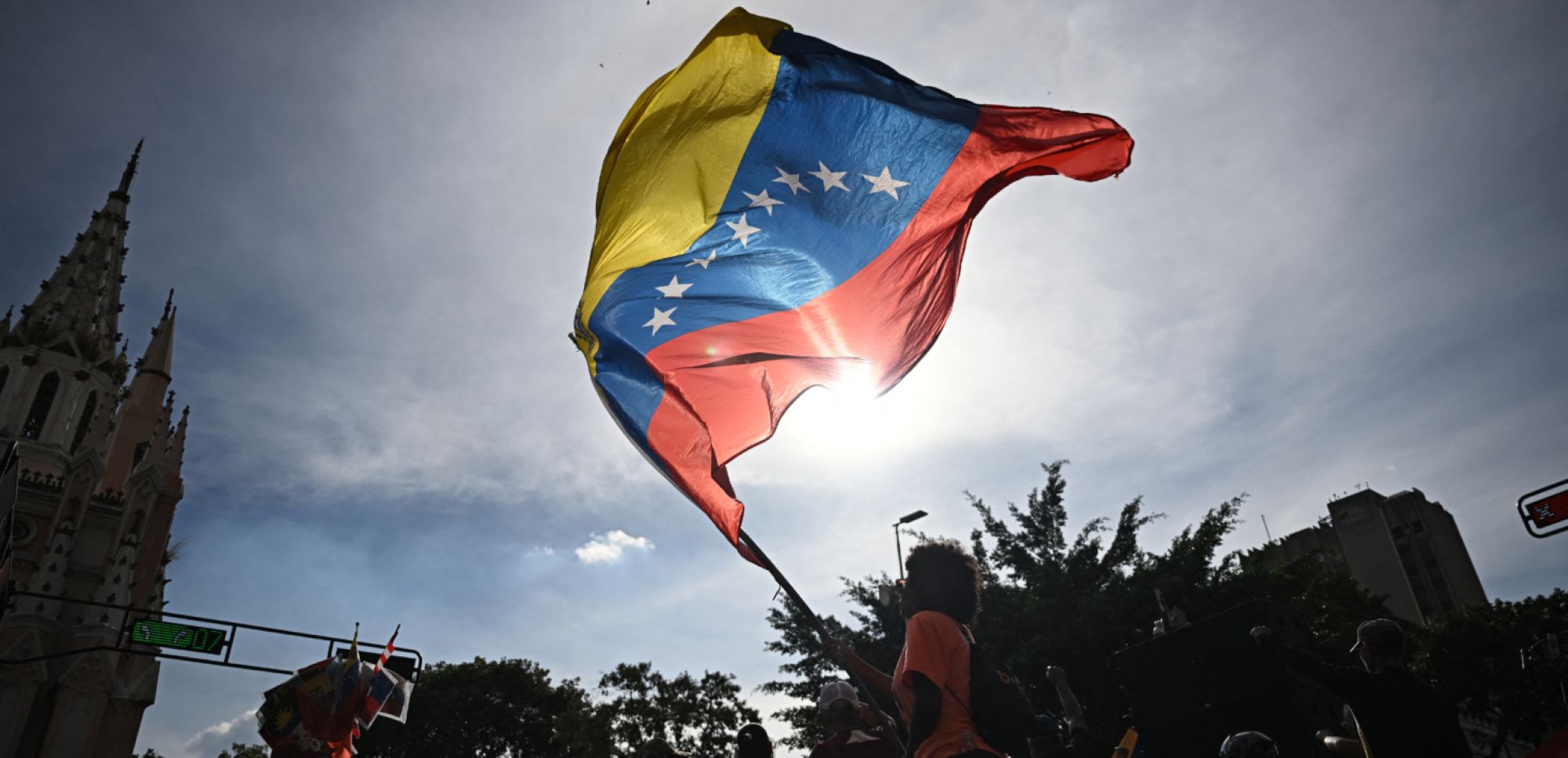By Kathy Price, Amnesty International Canada’s campaigner on Mexico
Stéphane Dion has an important opportunity to set a new course for hemispheric diplomacy when he hosts his counterparts from Mexico and the United States at the North American Foreign Ministers meeting on Friday.
Prime Minister Justin Trudeau has already promised a leaders’ summit to reinvigorate the Three Amigos partnership. As the foreign ministers meet to lay the groundwork, a worsening human rights crisis in Mexico must figure prominently on the agenda.
The dimensions of the crisis were made glaringly visible in September 2014, when police in the town of Iguala opened fire on buses carrying students from a rural teacher-training college. Three were killed and 43 other students were taken away, ‘disappearing’ into thin air. Their relatives and classmates have spent 16 agonizing months trying unsuccessfully to find the 43 amidst an official investigation so flawed as to provoke widespread allegations of a cover-up aimed at hiding the truth about what happened — and who was involved.
All of this is deeply disturbing. But it’s only the tip of a terrifying iceberg. In a new report, Amnesty International concludes that disappearances in Mexico have reached epidemic proportions, fuelled by Kafkaesque investigations destined from the outset to lead nowhere.
Official statistics acknowledge that more than 27,000 people have been reported ‘disappeared’ in Mexico. Almost half of these cases began under President Enrique Peña Nieto; there are more than 3,000 from last year alone.
These are staggering statistics, although the real number is certainly higher, given Mexico’s climate of fear and widespread distrust of public officials.
Take the municipality of Cuautémoc, in the state of Chihuahua, where hundreds of people have disappeared since 2007. Not all have been reported. Given its location as a crossroads for drug trafficking routes connecting Mexico and the U.S., organized crime has considerable influence and fears abound that public officials are colluding with criminal gangs.
Yet families interviewed by Amnesty International did approach the authorities, usually within a matter of hours after the disappearance of their loved ones.
“I thought the authorities would take action, that they would investigate, that they would start searching,” Martha Arana told us about what happened after she reported the disappearance of her son Alfredo. On February 23, 2010, the 36-year-old farmer had travelled to Ciudad Cuauhtémoc to pick up a dog he had been given as a present. He was never seen again.
Desperate in the face of official inertia, his family searched fruitlessly all over the city — in hospitals, detention centres and the surrounding area. When they finally managed to get access to Alfredo’s case file, his relatives realized there had been no real attempt by officials to investigate. The State Prosecutor’s Office had not requested information from security cameras located along the route Alfredo had taken, nor looked for the truck he was travelling in, nor analysed information from his phone.
“They treated us as if we were just another piece of paper,” Martha told us. “Because for them, that’s what a disappeared person is … just another piece of paper to be filed.”
It’s a familiar pattern across Mexico: a lack of immediate, serious efforts to find victims, and flaws in the early stages of investigations that seriously affect the chances of a disappearance being clarified, or those responsible being brought to justice.
Together with corruption and collusion with organized crime, it’s a recipe for more disappearances and unimaginable suffering for families. “This is torture”, testified Melitón Ortega, whose nephew Mauricio is one of the 43 students disappeared in Guerrero. “It’s so painful not to know. There are no words to describe it,” adds Brenda Rangel, whose brother Hector disappeared in the state of Coahuila in 2009.
Unable to give up hope that their loved ones are still alive and in need of rescue in the face of official inaction, Brenda, Melitón and so many other family members are courageously pushing for answers. They know their efforts put them at risk. Two mothers who had searched for missing children are now among the ranks of the disappeared.
It is 2016 and time for change — both by Mexico and by partners like Canada that have the influence that comes from significant trade and investment ties. It is well past time to stop turning a blind eye to the horrific scale of disappearances in Mexico — and make it clear that effective action must be taken without delay.
This op-ed originally appeared on iPolitics.
Learn more about our work on Mexico.
TAKE ACTION on the disappearance of the 43 students in Ayotzinapa





















